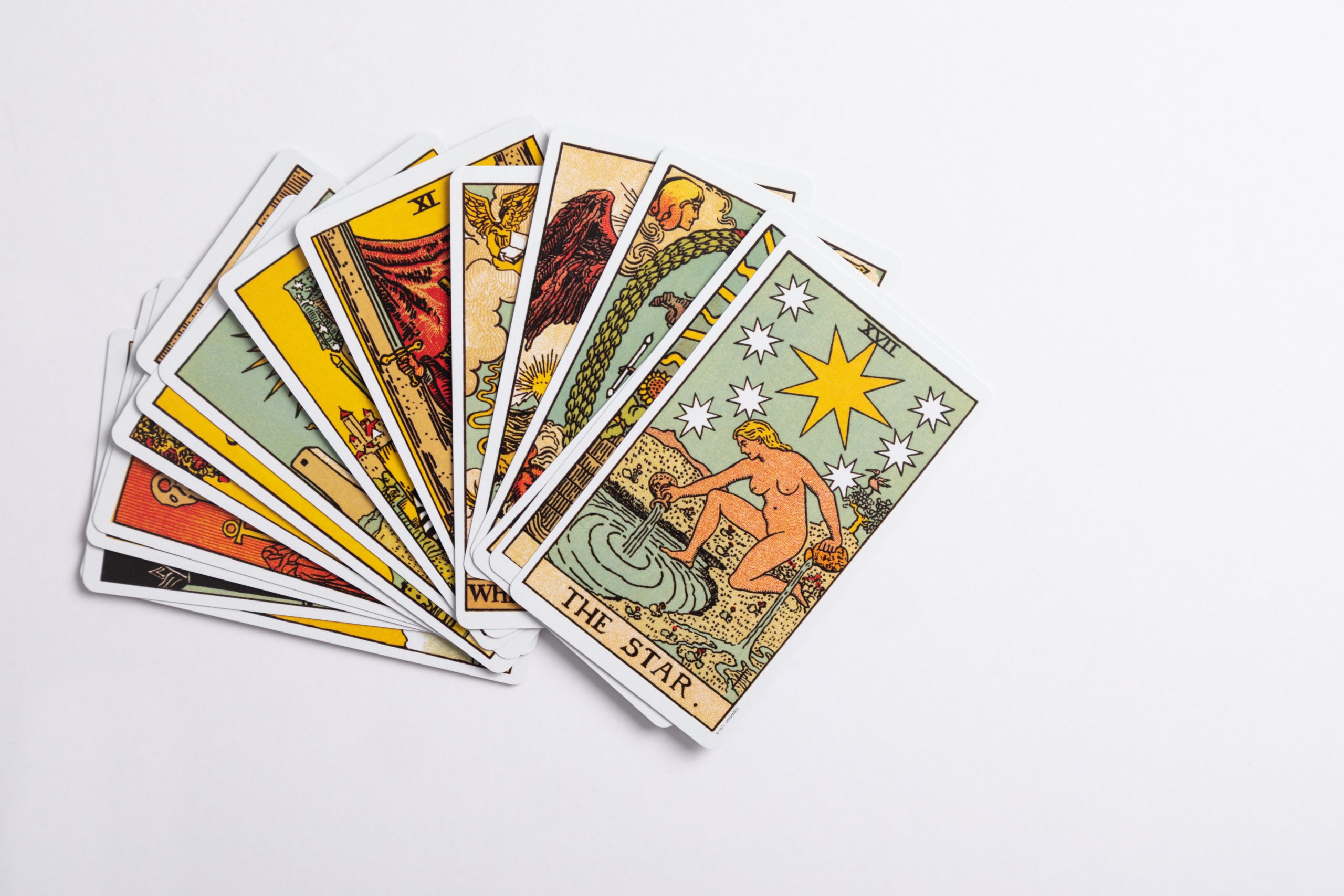What Does Reversed Mean in Tarot?
Tarot, an ancient divination tool, has been used for centuries to gain insight and understand various aspects of life. It consists of a deck of 78 cards, each with its own symbolism and interpretation. When performing a tarot reading, cards are typically drawn and laid out in a specific pattern, with each card revealing valuable information and guidance.
One of the intriguing aspects of tarot is the concept of reversed cards. A reversed tarot card is one that appears upside-down when drawn in a reading. While some readers choose not to use reversed cards or interpret them differently, many embrace their presence and consider them an essential part of the reading.
Meaning and Interpretation
When a tarot card appears reversed, its meaning is said to be modified or somewhat reversed. It introduces a different aspect or perspective to the upright meaning of the card. Reversed cards can suggest challenges, blockages, delays, or internal conflicts. They often provide valuable insights into areas that require attention or adjustment.
The reversed interpretation of a card can vary depending on the specific deck being used and the reader’s personal experience and intuition. However, there are general themes and symbols associated with reversed cards that can guide their interpretation.
Opposite of Upright
At its core, a reversed tarot card is often considered the opposite of its upright counterpart. For example, if an upright card signifies success and achievement, its reversed interpretation may suggest setbacks or disappointment. However, it’s crucial to note that the interpretation is not always a complete reversal but rather a nuanced shift in meaning.
Let’s consider the reversed interpretation of some commonly found tarot cards:
| Upright Card | Reversed Interpretation |
|---|---|
| The Fool | Recklessness, taking unnecessary risks |
| The Empress | Blocked creativity, lack of nurturing |
| The Sun | Lack of vitality, temporary setbacks |
As you can see, the reversed interpretations offer a different perspective, highlighting potential obstacles or areas requiring attention.
Delays and Blockages
Reversed cards often signify delays or blockages in their associated areas. They suggest that progress may be impeded or slowed down. These delays can be external or internal and may require introspection and action to overcome.
For example, if the reversed Eight of Pentacles appears in a work-related reading, it may indicate a lack of progress or dissatisfaction with current projects. The card encourages reflection on what might be hindering growth and prompts taking steps to remove the obstacles.
Internal Conflict and Subconscious Messages
Reversed tarot cards also serve as a mirror to our internal conflicts and subconscious messages. They can reveal hidden emotions, fears, or unresolved issues that need attention. Paying close attention to these messages during a tarot reading can lead to personal growth and self-discovery.
The reversed interpretation of a card can act as a gentle nudge to look deeper into our own emotions and experiences. For example, the reversed Five of Cups may represent lingering sadness or a reluctance to let go of past disappointments. It reminds us to acknowledge our emotions and work on healing and acceptance.
Modifiers and Intensifiers
Reversed cards can also act as modifiers or intensifiers for surrounding cards in a reading. They enhance and draw attention to the energies of adjacent cards, influencing their meaning. The reversed card’s presence often signifies that the associated energy is present, but it may be lessened or challenged.
For instance, if the reversed Wheel of Fortune appears alongside the upright Ace of Cups, it suggests that while emotional fulfillment and new beginnings are possible, external factors might create temporary obstacles or delays.
Working with Reversed Tarot Cards
Using reversed tarot cards is a personal choice for tarot readers. Some readers prefer to keep all cards upright, interpreting their meanings solely based on the traditional symbolism and intuition. Others find great value in the added layer of complexity that reversed cards bring to a reading.
If you decide to incorporate reversed tarot cards into your readings, consider these tips:
Study Your Deck
Familiarize yourself with your tarot deck’s symbolism, imagery, and suggested interpretations for reversed cards. Understanding the specific nuances of your deck will enable you to provide more accurate and insightful readings.
Trust Your Intuition
While there are general interpretations for reversed cards, trust your intuition when interpreting them in the context of a reading. Allow the card’s energy to speak to you and guide your understanding of its meaning.
Journal and Reflect
Maintain a tarot journal to track your interpretations of reversed cards over time. Reflect on their accuracy and dig into your own feelings and experiences while encountering these cards. This practice will help you deepen your relationship with reversed cards and your understanding of their meanings.
Practice, Practice, Practice
As with any aspect of tarot reading, practice is key. The more you work with reversed cards, the more comfortable and adept you will become at interpreting their meanings. Experiment with different spreads and techniques to incorporate reversed cards in your readings.
Final Thoughts
Reversed tarot cards offer a unique perspective and deeper insight into the various aspects of life. They highlight challenges, blockages, and internal conflicts that require attention for personal growth and self-discovery. Understanding the reversed meanings of the cards adds a layer of complexity and nuance to your tarot readings, providing a richer experience for both you and your querent.
Remember, the interpretation of reversed cards is subjective and can vary based on personal experience and the deck being used. Trust your intuition, practice regularly, and allow the energy of the cards to guide you in unlocking their hidden messages.
Embrace the reversed cards and let them be your allies in navigating the twists and turns of life, offering invaluable guidance along the way.
Table of Contents
